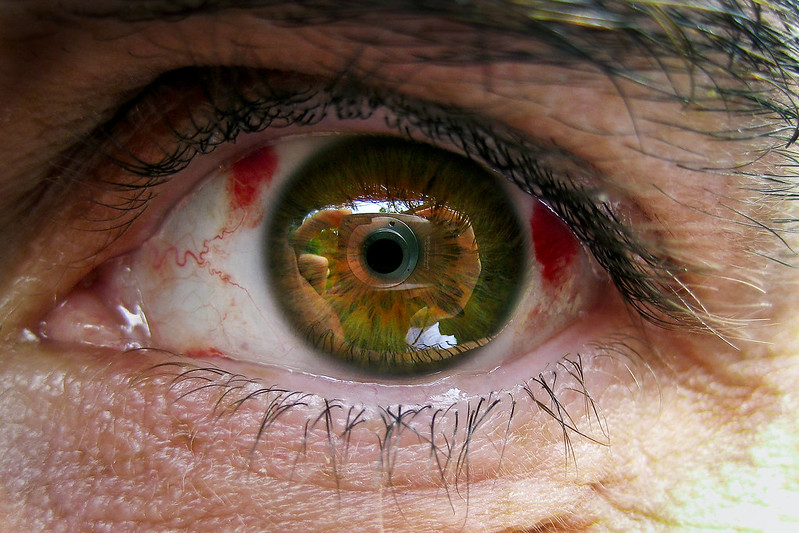
LASIK (Laser-Assisted In Situ Keratomileusis) is a widely accepted and efficient way to correct vision problems such as nearsightedness, farsightedness, and astigmatism. The recovery process can vary for every individual, but generally, patients experience a significant improvement in their vision within 24 hours of the operation. In this article, how long does it take to recover from Lasik we will discuss the recovery process in detail, including the timeline, what to expect, and tips for a successful recovery. It will also highlight some factors that can affect recovery time and provide valuable information for those considering LASIK.
What Is Lasik?
LASIK (Laser-Assisted In Situ Keratomileusis) is a surgical procedure that uses a laser to reshape the cornea of the eye to correct vision problems such as nearsightedness, farsightedness, and astigmatism.
The goal of the procedure is to improve the patient’s ability to see clearly without the need for glasses or contact lenses. The procedure is typically performed on an outpatient basis and takes only a few minutes to complete.
During the procedure, the surgeon uses a laser to make a small flap in the cornea and then reshapes the underlying tissue to correct any abnormal curvature. After the procedure, the flap is placed back in its original position and the cornea begins to heal. LASIK is a very popular procedure, with millions of people worldwide having undergone the procedure.
What Is The Process Of Lasik Eye Surgery
The Lasik technique is frequently completed without hospitalization and usually only requires a few minutes. The steps in the procedure are as follows:
Preparation
Before the procedure, the patient’s eyes will be numbed with eye drops to minimize discomfort. The patient will also be asked to refrain from wearing contact lenses for some time before the procedure.
Creating A Corneal Flap
The surgeon uses a special instrument called a microkeratome or a femtosecond laser to create a thin flap in the cornea. This flap is then folded back to reveal the underlying corneal tissue.
Reshaping The Cornea
The surgeon then uses an excimer laser to precisely reshape the cornea based on the patient’s prescription. The laser emits pulses of light that vaporize small amounts of corneal tissue.
Repositioning The Flap
After the reshaping is complete, the surgeon replaces the flap to its original position. The cornea begins to heal and the flap adheres to the underlying tissue.
Post-Operative Care
After the procedure, the patient’s eyes will be shielded with special goggles to protect them during the healing process. The patient will be given eye drops to reduce inflammation and prevent infection. The patient will also be asked to avoid rubbing their eyes and to limit their physical activity for some time.
How Long Does It Take To Recover From LASIK

The recovery time for LASIK can vary for each individual, but most patients experience a significant improvement in their vision within 24 hours of the procedure. Some patients may experience mild discomfort or blurred vision for a few days after the process but can return to their normal daily activities within a week.
During the first 24 hours after laser eye surgery, it is normal for the eyes to feel dry and itchy. You may experience some mild discomfort, such as a feeling of pressure or a slight burning sensation in the eyes. These symptoms can be relieved with the use of lubricating eye drops.
Most people can return to normal activities within a week and achieve a stable vision within a month. After the first week, patients should notice a significant improvement in their vision. However, it may take several weeks or even months for the eyes to fully heal after surgery.
FAQs
Is It Harder To See At Night After LASIK?
Laser eye surgery can cause halos, or starbursts, in patients with nearsightedness or farsightedness, which can persist for several months or even longer.
How Long After LASIK Can I Shower?
It is generally recommended to wait at least 24 hours before showering after LASIK surgery.
What Should I Avoid After LASIK?
After LASIK, it is important to avoid activities that can put pressure on the eyes, such as heavy lifting, swimming, and contact sports, during the recovery period, as well as avoid rubbing the eyes, using makeup, and exposing the eyes to dust or smoke.
How Do You Clean Eye Boogers After LASIK?
The best way to clean eye boogers is to gently wipe them with a moistened cotton swab or a clean, damp cloth. It is important not to rub or scratch the eyes as this can irritate and delay the healing process. You can also use artificial tears to keep your eyes lubricated and reduce the risk of infection.
How Long Will My Vision Stay Blurry After LASIK?
Blurry vision is common after LASIK, but it usually clears up within a few hours or days.
Conclusion
A highly successful and well-liked method for treating vision issues like astigmatism, nearsightedness, and farsightedness is LASIK (Laser-Assisted In Situ Keratomileusis). After the surgery, the majority of patients notice a considerable improvement in their eyesight within a day. The majority of patients are able to resume their regular daily activities within a week, but some may feel minor pain or hazy vision for a few days following the treatment.

Beth is Cloudmineinc’s senior health editor and a certified personal trainer. She has over 10 years experience as a science journalist and is the author of two books. She deadlifts over 315 lbs.